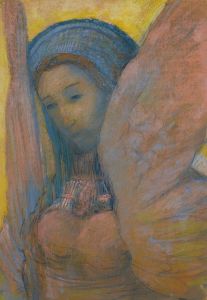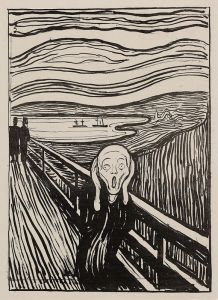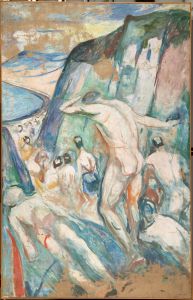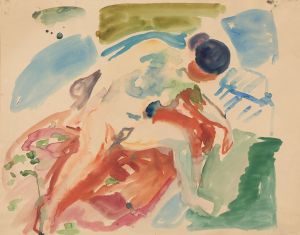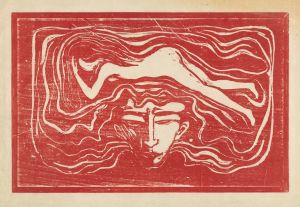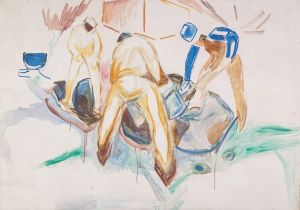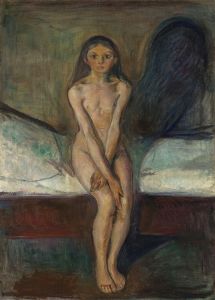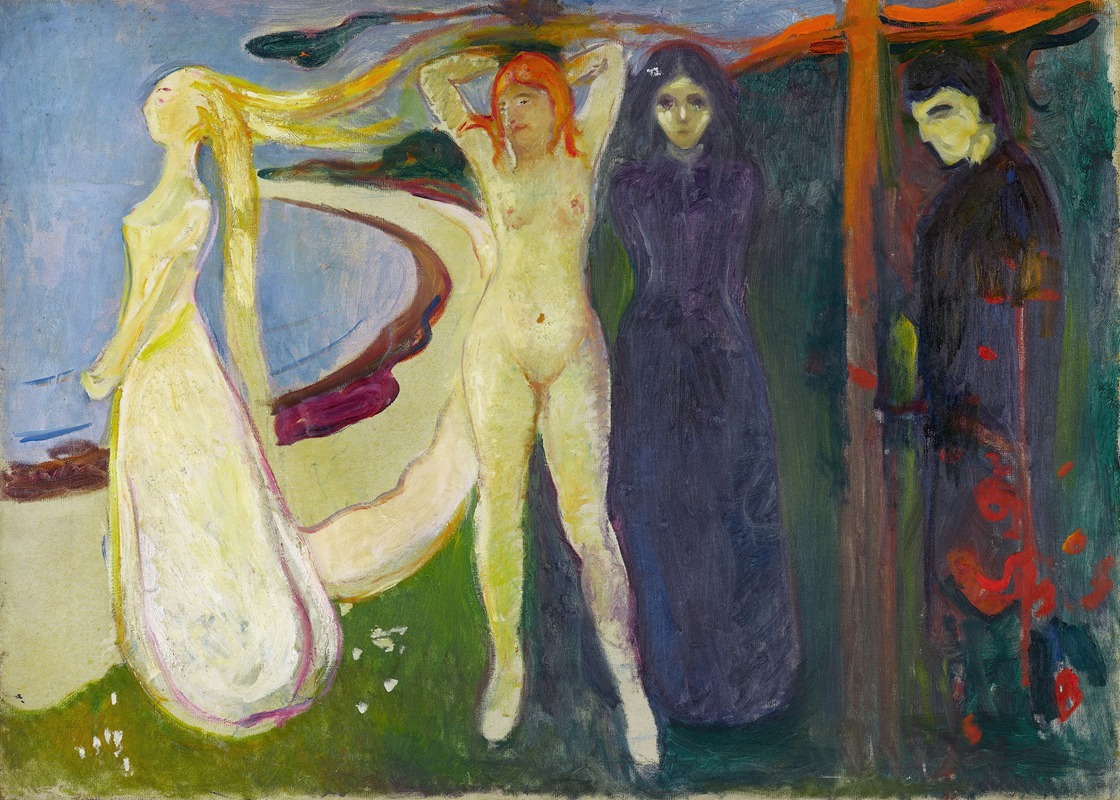
Woman. Sphinx
A hand-painted replica of Edvard Munch’s masterpiece Woman. Sphinx, meticulously crafted by professional artists to capture the true essence of the original. Each piece is created with museum-quality canvas and rare mineral pigments, carefully painted by experienced artists with delicate brushstrokes and rich, layered colors to perfectly recreate the texture of the original artwork. Unlike machine-printed reproductions, this hand-painted version brings the painting to life, infused with the artist’s emotions and skill in every stroke. Whether for personal collection or home decoration, it instantly elevates the artistic atmosphere of any space.
"Woman. Sphinx" is a painting by the renowned Norwegian artist Edvard Munch, who is best known for his iconic work "The Scream." Munch, a pivotal figure in the Symbolist and Expressionist movements, often explored themes of existential anxiety, love, and death in his art. His works frequently reflect his personal experiences and emotional states, making them deeply introspective and psychologically complex.
"Woman. Sphinx" was created during a period when Munch was intensely focused on the depiction of women and their roles in his life and psyche. This painting is part of Munch's broader exploration of the femme fatale archetype, a recurring theme in his oeuvre. The femme fatale, often depicted as a mysterious and alluring woman, is a symbol of both fascination and danger, embodying the dual nature of attraction and fear.
The painting portrays a woman with an enigmatic expression, reminiscent of the mythical Sphinx, a creature known for its riddles and inscrutability. Munch's choice to liken a woman to a Sphinx suggests an exploration of the complexities and mysteries of femininity. The Sphinx, in mythology, is a guardian of secrets and a figure that poses challenges to those who encounter it, much like the emotional and psychological challenges Munch faced in his relationships with women.
Munch's style in "Woman. Sphinx" is characterized by bold brushstrokes and a vivid color palette, typical of his work during this period. His use of color and form conveys a sense of emotional intensity and psychological depth, inviting viewers to delve into the underlying themes of the painting. The composition and execution reflect Munch's interest in expressing internal states and emotions through visual means.
Throughout his career, Munch was influenced by various art movements and personal experiences, including his exposure to the works of Symbolist artists and his own tumultuous relationships. These influences are evident in "Woman. Sphinx," where the interplay of light and shadow, along with the evocative use of color, creates a haunting and thought-provoking image.
Munch's exploration of the femme fatale and the Sphinx motif can be seen as part of his broader investigation into the human condition. His works often grapple with themes of love, anxiety, and mortality, reflecting his belief that art should be a means of understanding and confronting the complexities of life. "Woman. Sphinx" is a testament to Munch's ability to capture the enigmatic and multifaceted nature of human emotions and relationships.
While "Woman. Sphinx" may not be as widely recognized as some of Munch's other works, it remains an important piece within his body of work, illustrating his ongoing fascination with the mysteries of the human psyche and the symbolic representation of women. Through this painting, Munch invites viewers to ponder the riddles of identity, desire, and the often-ambiguous nature of human connections.





